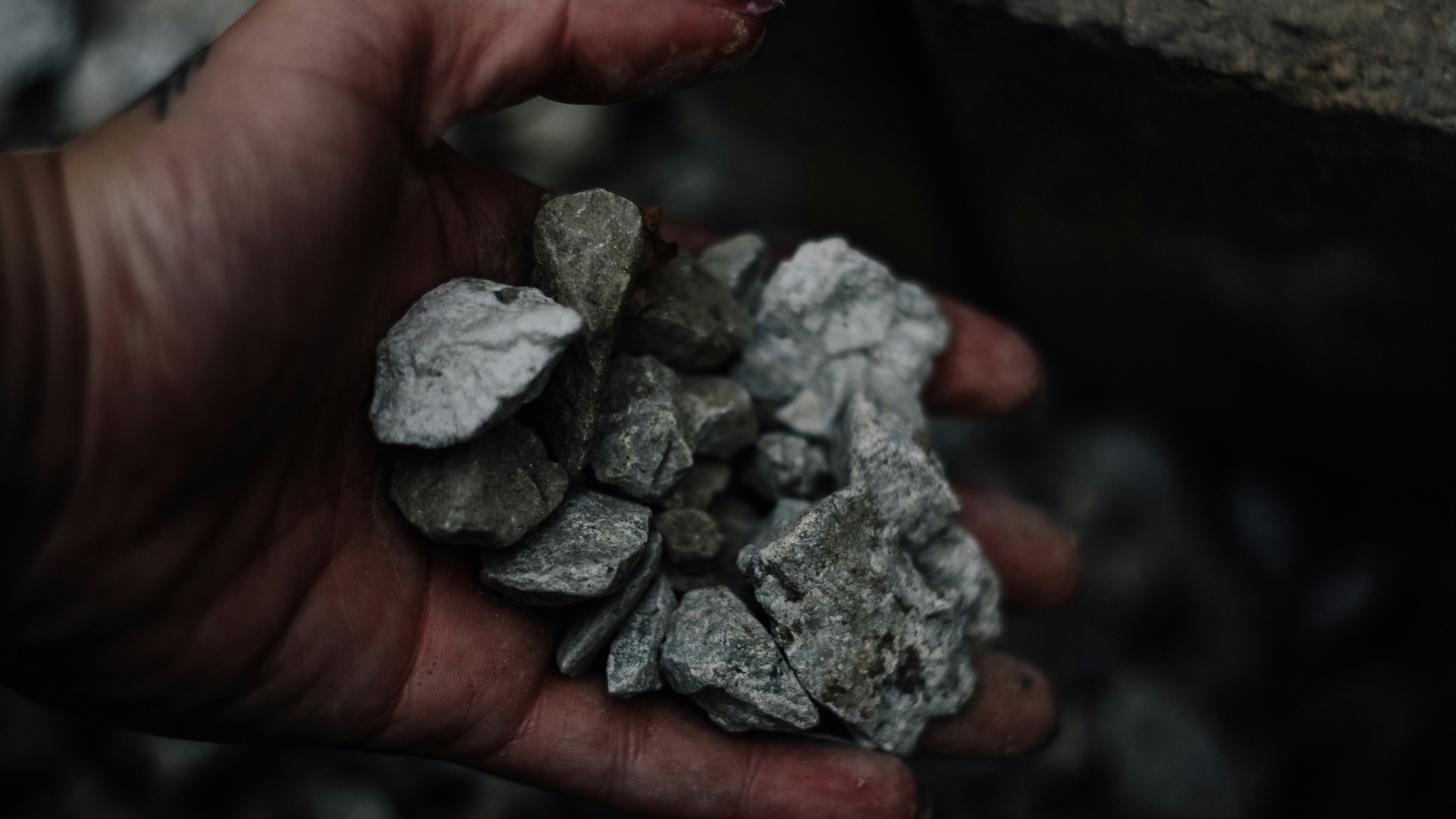

Amid rising commercial tensions and growing apprehension across European industries, the European Union and China are moving quickly to de-escalate a multifaceted crisis triggered by Beijing’s expanded restrictions on the export of rare earth elements and defensive action taken by the Netherlands against the Chinese-owned semiconductor firm Nexperia.
The diplomatic chessboard is active. European Commissioner for Trade Maroš Šefčovič has extended an urgent invitation to Chinese Commerce Minister Wang Wentao for face-to-face crisis talks in Brussels, a proposal that Wang accepted following a nearly two-hour video call, marking a significant diplomatic step toward addressing a rapidly deteriorating trade relationship. “We have no interest in escalation,” Šefčovič said, describing the call as “constructive.” He emphasized the need for a prompt resolution, noting that the current rare earth export control mechanisms are “unjustified and harmful” to European companies. The two officials agreed to continue dialogue through the upgraded EU-China export control framework established after the July 2025 EU-China summit.
On October 9, China unveiled a sweeping expansion of its export controls on rare earth minerals critical to manufacturing technologies such as electric vehicles, wind turbines, defense systems, and smartphones. The new policies require exporters to obtain licenses and disclose how rare-earth-containing products will be used. Goods intended for military or advanced dual-use technologies are subject to case-by-case evaluations or banned outright. This includes microchips and artificial intelligence-related technologies.
As China controls over 60% of the world’s rare earth production and an estimated 90% of refining, these new restrictions struck a blow to European firms heavily reliant on Chinese supply chains. According to Šefčovič, of the 2,000 priority export license applications submitted by EU companies, only a little more than half have been properly addressed by Chinese authorities.
The resulting supply crunch has affected major European companies such as Volkswagen, Stellantis, Bosch, Solvay, and Siemens, with some forced to halt or delay production. The European automotive and machinery sectors are especially vulnerable. Šefčovič met with industry leaders earlier this week to discuss how the EU might respond, including a possible common European joint purchasing and storage center for rare earths.
Trade tensions have been further complicated by the Dutch government’s recent decision to seize control of Nexperia, a Dutch-based semiconductor manufacturer owned by China’s Wingtech. Citing national security threats and risks to semiconductor supply chains, The Hague’s actions reportedly came after pressure from Washington and amid fears that Wingtech could transfer facilities to China.
In response, China has slapped export restrictions on Nexperia, isolating it from some key suppliers and customers. Šefčovič said he had spoken to Dutch and Chinese officials about Nexperia and expressed optimism that all sides are committed to de-escalation and practical solutions that could restore disrupted supply chains. Minister Wang Wentao harshly criticized the Dutch move, calling it a “generalization of the concept of ‘national security,’” while expressing hope that the EU could mediate constructively in the situation.
The rare earth and Nexperia issues are expected to feature at a one-day EU summit, although no formal agenda item has been dedicated to them. France and Poland sought to add specific language on rare earths to the summit’s conclusions, but failed to gain consensus across all 27 member states. Germany is expected to raise the issue during discussions, but its deep commercial ties with China continue to fuel skepticism about Berlin’s willingness to support hardline action.
Nevertheless, European Commission President Ursula von der Leyen emphasized the strategic urgency of reducing dependency on Chinese raw materials. “We must double down on reducing our dependencies,” she warned while presenting the Commission’s 2026 Work Program. She revealed plans to strengthen investment screening, create a Critical Raw Materials Agency, and address harmful market distortions in industries such as steel.
One mechanism under consideration is the EU’s Anti-Coercion Instrument, a powerful tool that would allow the EU to retaliate economically against foreign coercive measures. However, triggering this instrument requires the support of a qualified majority of member states — a threshold that may prove difficult to reach given internal divisions and divergent national interests.
China’s abrupt controls come at a time of renewed US-China trade hostilities. Washington recently imposed new tariffs, threatened 155% duties on Chinese imports, and expanded its entity list to restrict Chinese tech firms' access to critical US hardware and software. Although EU leaders maintain that they are not seeking confrontation, they acknowledge the increased fragility of global supply chains. Beijing, for its part, maintains that its actions are legal, part of a broader “modernization” of its export control mechanisms, and are aimed at fulfilling non-proliferation obligations.
In a briefing with foreign companies, Chinese officials defended the new measures as promoting global industrial stability. But in Europe, the reaction has been unequivocal: many see the export curbs as politically motivated retaliation and are urging the bloc to counter Beijing’s tightening grip.
The Brussels meeting between Šefčovič and Wang Wentao could be pivotal in determining the trajectory of EU-China trade relations. European leaders are equally weighing the long-term implications on industries, green transition goals, and strategic autonomy.
As geopolitical fault lines deepen amid the US-China-EU triangle, Europe finds itself walking a tightrope between safeguarding economic security and preserving ties with China, one of its largest trading partners. Whether diplomacy will yield a satisfactory compromise—or whether this moment marks a turning point toward deeper decoupling—remains to be seen.
What is clear is that the rare earths crisis has exposed Europe's vulnerabilities and catalyzed a tectonic shift in how it thinks about supply chain resilience, industrial sovereignty, and global interdependence.